Why VIA Rail will not make a full recovery in 2024
And why it might not happen in 2025 either….
Authors note: This article only looks at VIA Rail in the Quebec-Windsor corridor. A future article will look at VIA across the rest of Canada as the situation there is quite a bit different and deserves its own analysis
If you rewind back to early 2020, in the halcyon pre-pandemic days, the future of VIA Rail was (in some regards) looking up. 2019 had seen the highest ridership numbers in the Quebec-Windsor corridor since the early 1980’s. There were shiny new Siemens trains ordered. And even with a (justified) 2 week long blockade on parts of the rail network it looked as though another record year was possible for VIA in 2020
One of the new Siemens VIA trains just west of Kingston on its way to Toronto. Source: Photo by the author
Once the pandemic hit ridership (understandably) plummeted. It wouldn’t be until the tail end of 2022 when some semblance of normalcy started to return to everyday life that people began taking to the trains again on a regular basis.
For VIA, 2023 was their first opportunity at a comeback year. The new trains they had ordered were starting to slowly enter service. People were travelling again. In the end ‘23 wouldn’t be a triumphant return for the agency. But it was at least moderately encouraging progress.
In theory, 2024 should have been the year that VIA made its full recovery, or at least fell within a razors edge of it. Roughly half of the trains in the Quebec-Windsor corridor are now the new Siemens model. And while some of the older equipment, which ranges in age from 40-70 years old, is being retired and scrapped, a surprising amount of it is still around. This is allowing for trains that are up to 7 passenger cars long (there might even be some that go longer than that). More passenger cars means more seats for people than there had been in 2019, when trains were largely 4-5 cars long, and sometimes as short as 3 cars.
One of VIA’s older train sets. The passenger cars are the early 80s LRCs and in this instance there are 7 passenger cars in the train set. Source: Photo by the author
But that isn’t how this year has gone. When VIA released it Q3 report it was clear that they would not equal their 2019 ridership. In fact, they likely won’t hit their 2018 ridership numbers either. And despite having made good progress in 2023, that momentum has slowed down quite a bit with only modest year over year gains being made.
The two charts below start to illustrate the struggles VIA is facing. The first shows ridership for the first 3 quarters of 2018, ‘19, ‘23, and ‘24. The second highlights the total ridership for each years first 3 quarters.
Data sources: VIA Rail quarterly reports from Q1, Q2, and Q3 of 2024 and 2019
Data sources: VIA Rail quarterly reports from Q1, Q2, and Q3 of 2024 and 2019
Just looking at the raw numbers you can see that some progress towards recovery is being made. But the next pair of charts, one of which shows the total Q1-Q3 boardings relative to 2018 and ‘19, and another that has a breakdown by quarter relative to 2019, make it much clearer.
Data sources: VIA Rail quarterly reports from Q1, Q2, and Q3 of 2024 and 2019
Data sources: VIA Rail quarterly reports from Q1, Q2, and Q3 of 2024 and 2019
In addition to the slow ridership recovery, you can also see that some parts of the corridor are recovering better than others. The area defined as Southwestern Ontario (which is all the routes west of Toronto that serve Niagara Falls, London, Kitchener, Sarnia, etc) is barely breaking the 73% mark, while the rest of the corridor is at 92%.
In fact the ridership trends become more interesting when they are geographically isolated even further. A more detailed breakdown for 2024 won’t be available until VIA Rail releases their annual report in early 2025. But if you look at the numbers for 2023 vs 2019 (seen in the two charts below) you can see the geographic variation at play.
Data sources: VIA Rail annual reports 2019 and 2023
Data sources: VIA Rail annual reports 2019 and 2023
Within Southwestern Ontario the Toronto to Niagara route is actually outperforming its 2019 ridership. But because it has just 7% of that regions total ridership it doesn’t make up for the lower ridership elsewhere in SWO. It’s also worth noting that VIA ridership on the Niagara Falls route increased even as GO ridership between Toronto and Niagara Falls was hitting record levels in 2023 (and could break the 1 million trip mark this year if the trends seen in early 2024 hold up). As a reference the highest annual ridership VIA saw on the Toronto to Niagara Falls route between 2000 and 2023 was roughly 100K.
In the rest of the corridor you see similar trends. The Ottawa-Montreal-Quebec route actually had 102.3% of the 2019 levels of ridership while the rest of that region was only at 79.2%. Owing to the Quebec-Montreal-Ottawa route having 30% of that regions ridership, it helped bring the overall Quebec-Toronto ridership up to 85.2% of 2019 levels. Whether these patterns hold in 2024 remains to be seen.
There are other trends worth pointing out. In Q2 of 2024 ridership in Corridor East hit 96.2% of 2019’s numbers while overall corridor ridership hit 90.7%. But those levels would fall back down a bit in Q3 to 91.2% and 87.4% respectively. And in both 2023 and ‘24 Q1 had noticeably lower ridership relative to 2019 vs the other 2 quarters in each of those years.
All this leads to the question of why is recovery so uneven and why is it still struggling?
To really dig into it more detailed data is needed that breaks down ridership by station and by origin-destination (requests have been made for this data). But even without that it’s possible to point out some likely causes.
To start with service levels have not fully returned to 2019 levels, even as 2024 comes to an end. Between Ottawa and Toronto there are 8 weekday trains versus 10 in 2019. Ottawa to Montreal has one less round trip during weekdays (which is interesting given that this route could be outperforming ones with full 2019 service levels). On the northern London to Toronto route stations like St Mary’s, Stratford and Kitchener only have one train per day versus the two in ‘19. A popular commuter train for people in places like Napanee, Belleville and Cobourg didn’t return until the middle of 2024.
There is also the rise of cheap intercity bus service. FlixBus didn’t arrive until 2022. But in that short time they have rapidly expanded. As an example Kingston has 5-10 departures per day to Toronto, and 7-14 departures to Ottawa. Their prices are also cheaper, with fares from Ottawa to Kingston typically being available for CDN19.98 to CDN28.98. This is on top of all the other low cost bus services, like Megabus, who sometimes offer even cheaper fares. In short VIA has a lot more competition than it did in 2019.
There is also the ongoing issue of the aging trains. While you now have around half of the trips being down with the new train fleet, that means the other half are still being done with the older, rickety and antiquated fleet, which are a less attractive and often less reliable option.
And all across the network there is a general, increasing shittyness of its stations and services. In Kingston a recent ‘renovation’ only focused on better parking facilities and a new roundabout. In the process they moved city bus service further away from the station, instead of building it into the new ‘plaza’. To add insult to injury they don’t even provide a bus shelter. Meanwhile the old entrance to the station, and old signage, are still left behind (even though this entrance was closed over a year ago) having been simply been blocked off by some concrete barriers. It be all just looks, and feels, cheap and amateurish
One of the old entrances to the Kingston VIA Rail station. Closed over a year ago it’s still just blocked off with concrete barriers, with a jankily attached sign directing people to the new entrance while an old sign rusts away. Source: Photo by the author
It would be easy to point out some of the improvements, like the all new business class lounge at Ottawa station (which is undeniably very pretty). But for every good example, there are far more examples of deterioration by neglect.
And then of course there is the biggest problem of all…unreliability. Even in 2019 the service was getting more and more plagued with delays, even on some routes where it ran on dedicated VIA tracks. But the problem has gotten worse since then. Recently CN put speed restrictions on VIA’s new Siemens trains which is just one more papercut for the service.
This leads to the final question, where will all of this leave VIA in 2025?
Right now that is anyone’s guess. VIA ridership has gone up and down over the years in conjunction with a strong or weak economy. Given the economic uncertainty right now it is entirely possible an economic downturn could cause ridership to stall or even decline. On the other hand there are several factors that could swing VIA’s fortune the other way. Renegotiating track rights and priority over freight (unlikely but possible), would help their performance issues a lot. Dealing with the underlying technical issues that lead to CN imposing speed restrictions in a timely manner is going to be critical. Increasing service levels back to where they were in 2019 and having a mostly new, modern fleet of trains should work in their favour.
At this point it’s common knowledge the only way to properly grow intercity rail travel in the Quebec-Windsor corridor is to build a fully dedicated, modernized network. Expecting VIA to be able to hit ridership levels of even 10 million on the existing, status quo, infrastructure situation is not realistic. But the agency still needs to do better. The more ridership the network sees, the easier it is to make the case for investments that will ultimately total tens of billions of dollars.
2024 was already a critical year for VIA. At a bare minimum the agency needed to crack the 4 million passengers mark in the Quebec-Windsor corridor. They might still hit that target, though just barely. But 2025 will be even more important. Since 2018 there has been around CDN1.3 billion in investments made towards new trains, station upgrades, new signals and track work on lines they own, etc. This isn’t a huge amount of money in some regards. But it’s not insignificant either. And if the end result of that spending is that in 2025 they still can’t hit 2019 levels of ridership (despite other factors at play such as a steadily growing, and urban, population) then things are going to get really rough for VIA.
If you want to find me on social media you can do so @Johnnyrenton.bsky.social on Bluesky. If you have any thoughts or feedback let me know in the comments.


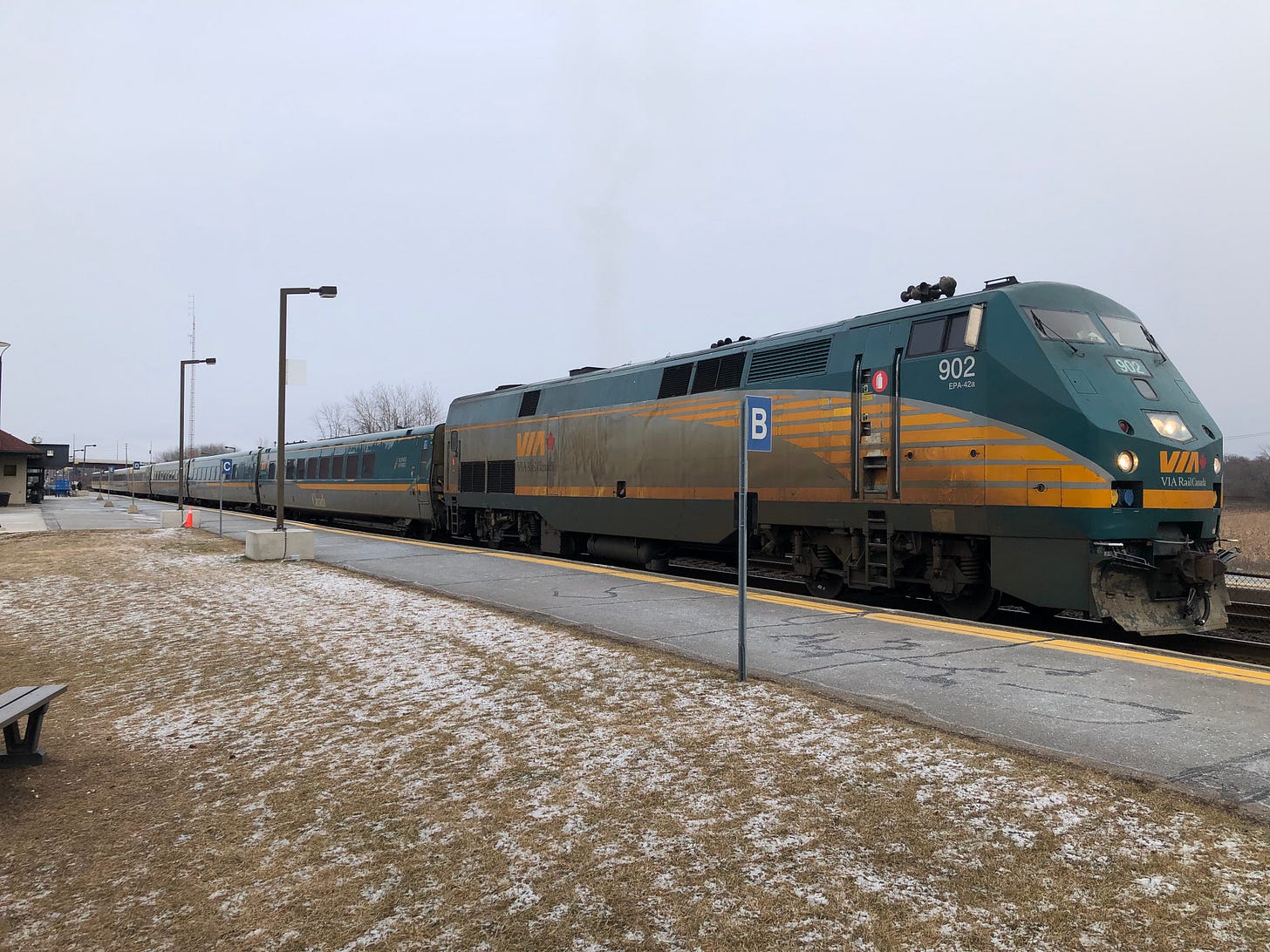


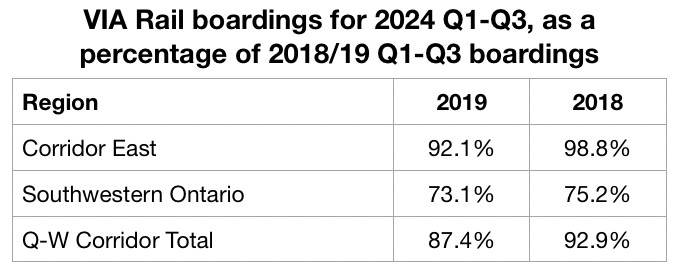
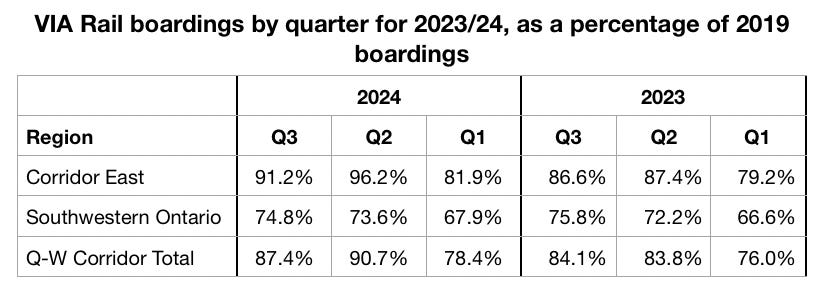
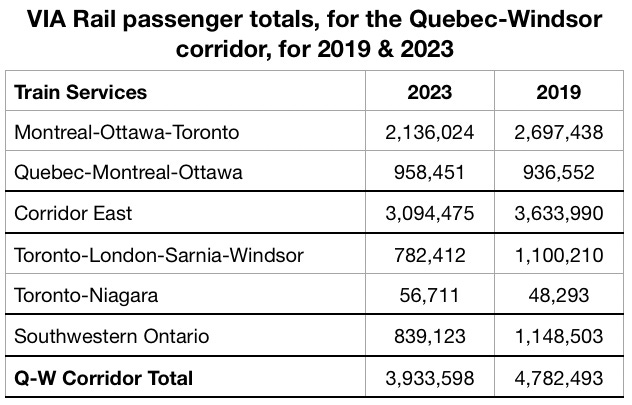

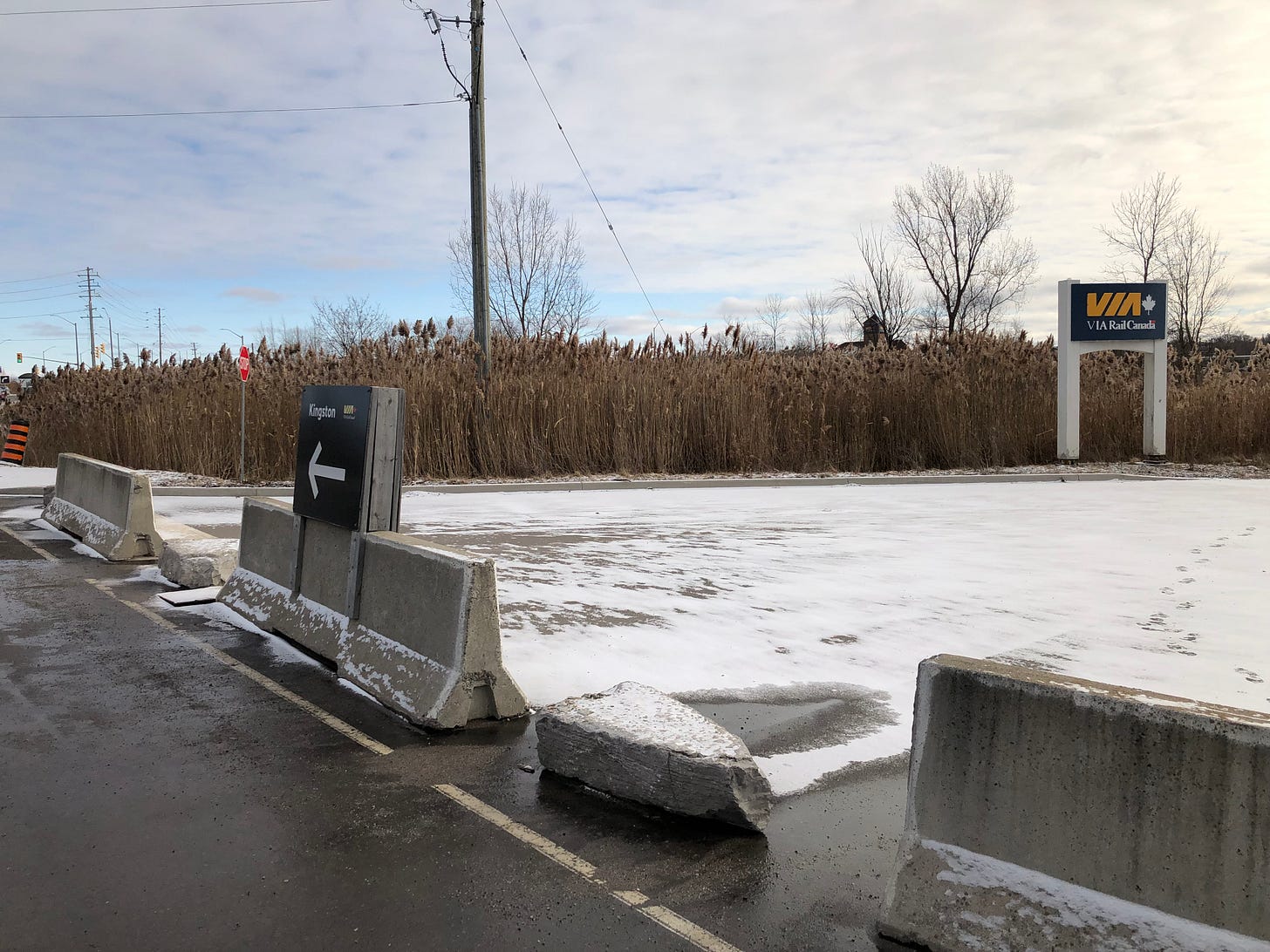
Great overview of the current state of affairs at VIA. As a monthly rider between Ottawa and TO, one gets the sense of a general malaise in spite of the promise of HFR and new Siemens stock.
Any transportation system (this means Transit as well) depends on reliability and speed, right now VIA has neither (unless constantly late qualifies as reliable). I count on transit at either end of the round trip and nothing is more discouraging than missing a GO connection or an OC Transpo transfer. We get teased by the promise of High Speed Rail from Ministers who don't know one end of the train from the other and don't understand the flaws of the current system (they should ride with us plebs to experience the bottlenecks in disembarkation at Union St on the platforms when rushing to catch the next bus/train). By the time the political decision gets made and implemented, most of us dedicated riders will be too old to ride. Or we will have switched to the cheaper competition (Flix, Megabus etc.).